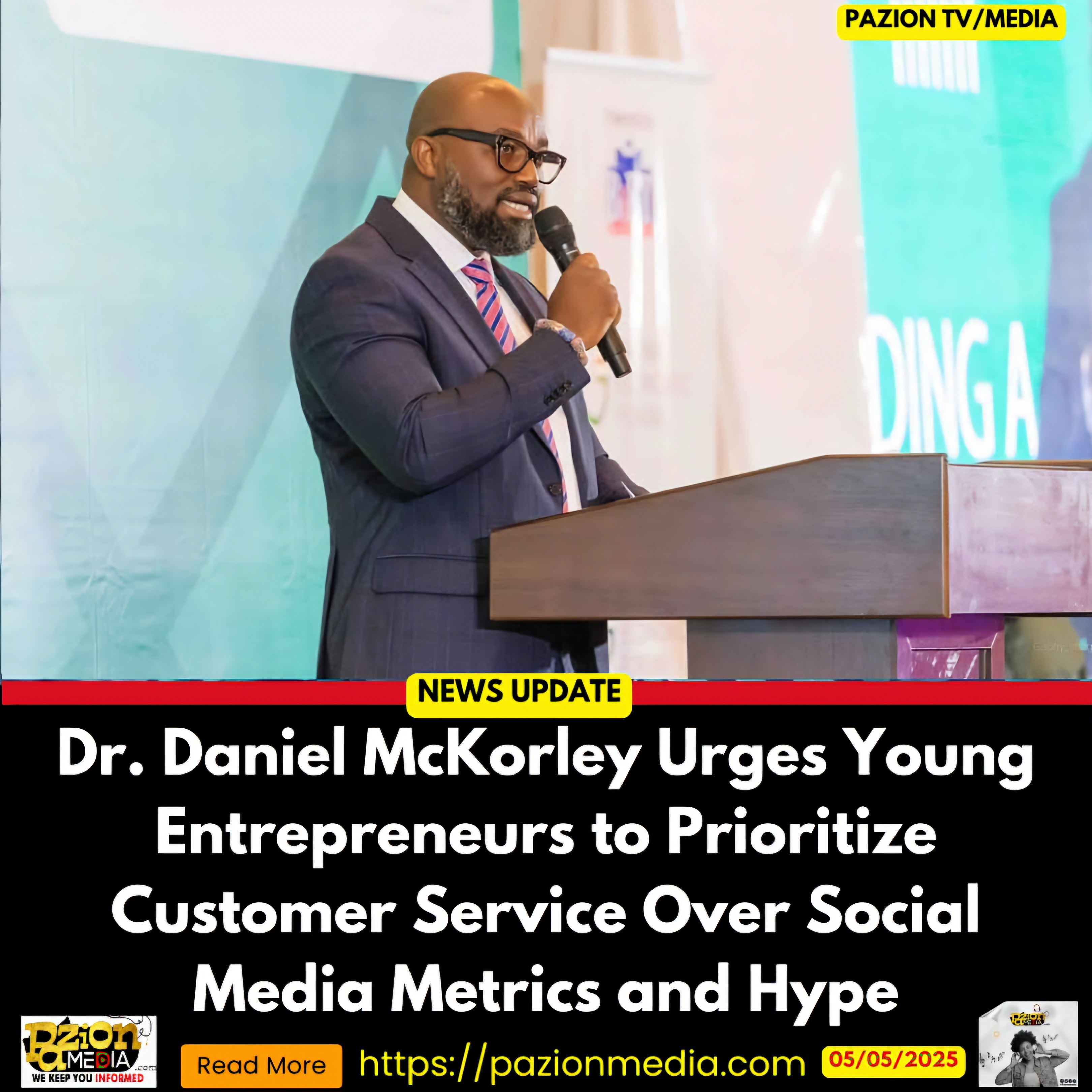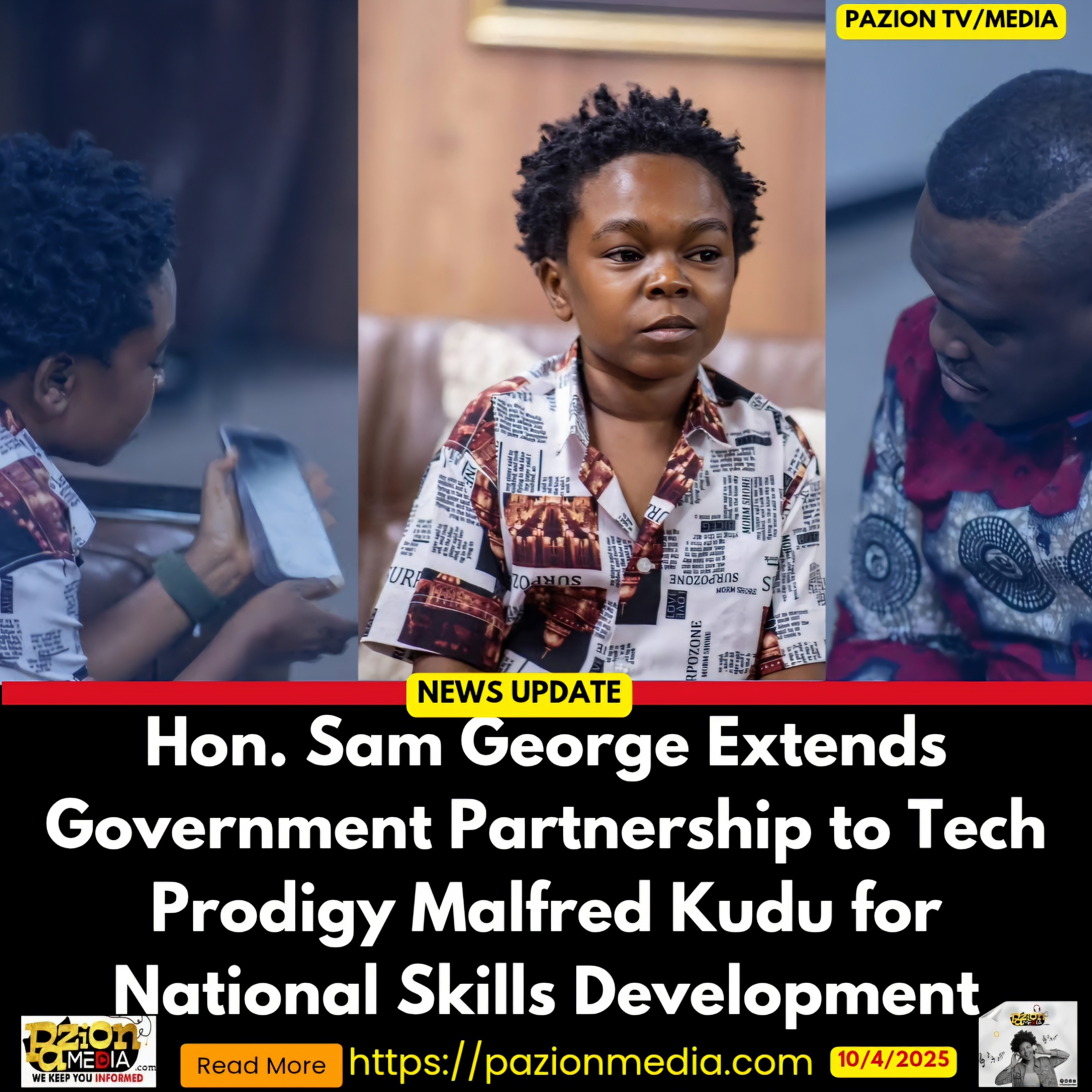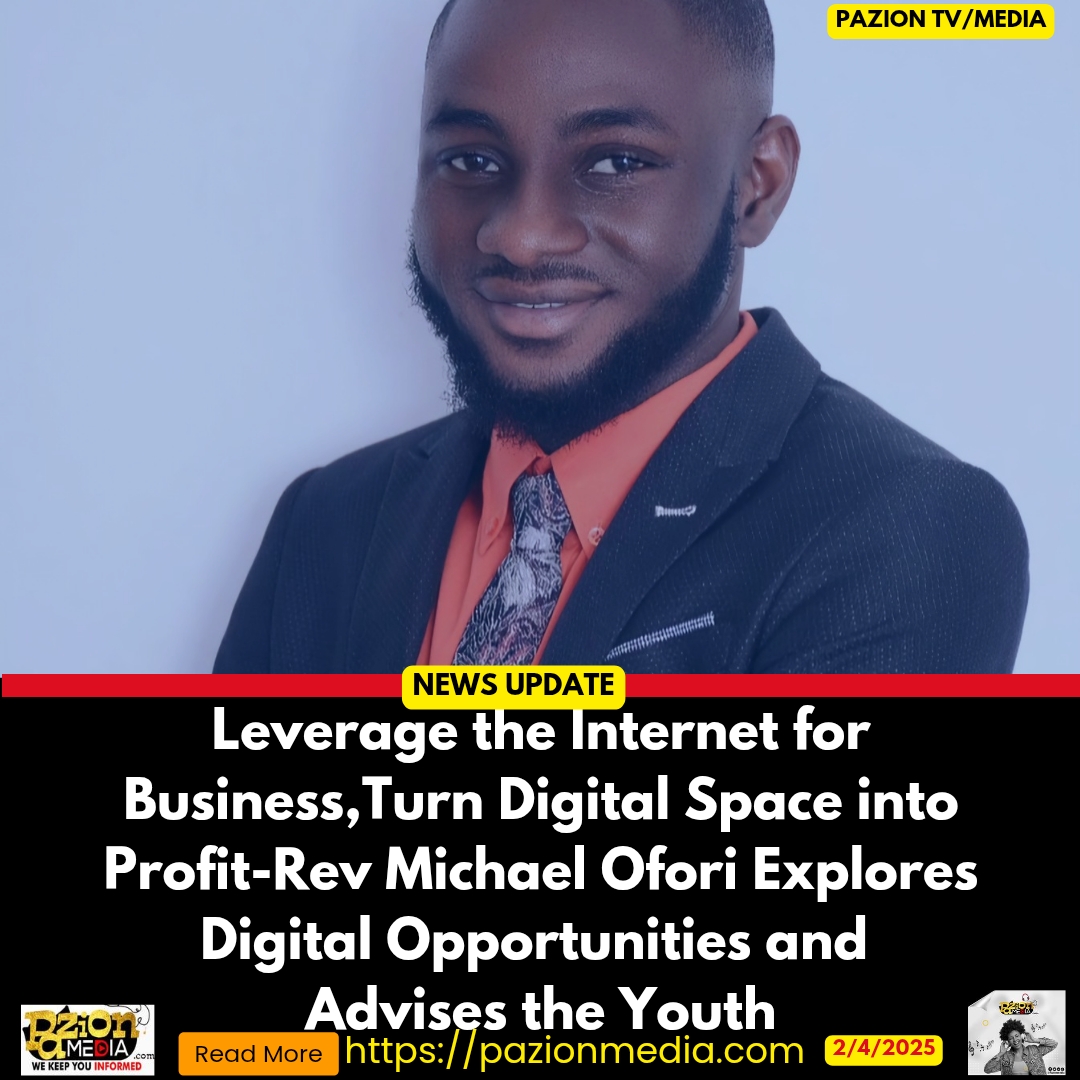Mark Elliot Zuckerberg an American business magnate, internet entrepreneur, and philanthropist has revealed through Meta’s quarterly results statement that more than 3 billion people are using at least one of their apps every day and he is excited to bring new Al experiences to all his customers as well as launching the next generation Quest headset later this year. Mark Zuckerberg is known for co-founding the social media website Facebook and its parent company Meta Platforms (formerly Facebook, Inc.), of which he is the executive chairman, chief executive officer, and controlling shareholder.
Here’s the transcript of what he said on their earnings call:
This was a good quarter and we’re seeing growing momentum in our products and business. Our community reached the milestone that now more than 3 billion people use at least one of our apps each day. Facebook also reached the milestone of 200 million daily actives in the US and Canada after last quarter reaching 2 billion daily actives worldwide.
Now, in a moment I’ll talk more about the results in our business and the opportunities that I’m excited about, but first I want to share an update on our efficiency work.
The goals of our efficiency work are to make us a stronger technology company that builds better products faster, and to improve our financial performance to give us the space in a difficult environment to execute our ambitious long term vision.
When we started this work last year, our business wasn’t performing as well as I wanted. But now we’re increasingly doing this work from a position of strength. Even as our financial position improves, I continue to believe that slowing hiring, flattening our management structure, increasing the percent of our company that is technical, and more rigorously prioritizing projects will improve the speed and quality of our work. I also believe that a stronger financial position will enable us to weather a volatile environment while remaining focused on our longer term priorities.
So far we’ve gone through two of the three waves of restructuring and layoffs that we had planned for this year — in our recruiting and technical groups. In May we’re going to carry out our third wave across our business groups. This has been a difficult process. But after this is done, I think we’re going to have a much more stable environment for our employees. For the rest of the year, I expect us to focus on improving our distributed work model, delivering AI tools to improve productivity, and removing unnecessary processes across the company.
Moving on to our products and business, we’re seeing strong engagement growth across our apps and good progress on monetization efficiency, which combine to drive good business results.
Reels continues to grow quickly on both Facebook and Instagram. Reels also continue to become more social with people resharing Reels more than 2 billion times every day, doubling over the last six months. Reels are also increasing overall app engagement and we believe that we’re gaining share in short-form video too.
A key theme I want to discuss today is AI. I’ve emphasized for a number of these calls now that there are two major technological waves driving our roadmap — a huge AI wave today and a building metaverse wave for the future. Our AI work comes in two main areas: first, the massive recommendations and ranking infrastructure that powers all of our products — from feeds to Reels to our ads system to our integrity systems and that we’ve been working on for many, many, years — and, second, the new generative foundation models that are enabling entirely new classes of products and experiences.
Our investment in recommendations and ranking systems has driven a lot of the results that we’re seeing today across our discovery engine, Reels, and ads. Along with surfacing content from friends and family, now more than 20% of content in your Facebook and Instagram feeds are recommended by AI from people, groups, or accounts that you don’t follow. Across all of Instagram, that’s about 40% of the content that you see. Since we launched Reels, AI recommendations have driven a more than 24% increase in time spent on Instagram.
Our AI work is also improving monetization. Reels monetization efficiency is up over 30% on Instagram and over 40% on Facebook quarter over quarter. Daily revenue from Advantage+ Shopping Campaigns is up 7x in the last six months.
Our work to build out business messaging as the next pillar of our business is making progress too. I shared last quarter that click-to-message ads reached a $10 billion revenue run-rate. Since then, the number of businesses using our other business messaging service — paid messaging on WhatsApp — has grown by 40% quarter-over-quarter.
Our success here depends on delivering results for other businesses, and at our scale that can have macroeconomic effects. We recently did a study with economists at UC Berkeley to understand the impact our services make, and they concluded that every dollar spent on our ads drives on average $3.31 in revenues for our advertisers in the US. So that means over $400 billion in economic activity annually is linked to supply chains relying on our platforms, supporting more than 3 million jobs.
Beyond recommendations, the other major focus of our AI work is foundation models to enable a lot of new use cases including generative AI.
It’s been a pretty amazing year of progress on this front, and the work happening now is going to impact every single one of our apps and services. I’m incredibly excited to ship more of the things that we’re building over the coming months.
I want to share a little about our approach and what you can expect to see from us. The specifics are going to come into focus as we ship more of these things, so these are just themes for now.
First, for our products, we’re always focused on connection and expression, and I expect that our AI work will reflect that. I think there’s an opportunity to introduce AI agents to billions of people in ways that will be useful and meaningful. We’re exploring chat experiences in WhatsApp and Messenger, visual creation tools for posts in Facebook and Instagram and ads, and over time video and multi-modal experiences as well. I expect that these tools will be valuable for everyone from regular people to creators to businesses. For example, I expect that a lot of interest in AI agents for business messaging and customer support will come once we nail that experience. Over time, this will extend to our work on the metaverse too, where people will much more easily be able to create avatars, objects, worlds, and code to tie all of them together.
Next, let’s talk about the technology platform to enable this. Right now most of the companies that are training large language models have business models that lead them to a closed approach to development. I think there’s an important opportunity to help create an open ecosystem. If we can help be a part of this, then much of the industry will standardize on using these open tools and help improve them further. So this will make it easier for other companies to integrate with our products and platforms as we enable more integrations, and that will help our products stay at the leading edge as well.
Our approach to AI and our infrastructure has always been fairly open. We open source many of our state of the art models so people can experiment and build with them. This quarter we released our LLaMa LLM to researchers. It has 65 billion parameters but outperforms larger models and has proven quite popular. We’ve also open-sourced three other groundbreaking visual models along with their training data and model weights — Segment Anything, DinoV2, and our Animated Drawings tool — and we’ve gotten some positive feedback on all of those as well.
Finally, let’s talk about AI infrastructure and capex. This has been a major investment for us. A couple of years ago, I asked our infra teams to put together ambitious plans to build out enough capacity to support not only our existing products but also enough buffer capacity for major new products as well. This has been the main driver of our increased capex spending over the past couple of years. Now, at this point, we’re no longer behind in building out our AI infrastructure, and to the contrary we now have the capacity to do leading work in this space at scale. As these new models and use cases continue scaling, we’re going to need to continue investing in infrastructure, although we’ll have a better idea of the trajectory of that investment later in the year once we can gauge usage of some of the new products that we’ll launch.
Beyond AI, the other major technology wave we’re focused on is the metaverse. A narrative has developed that we’re somehow moving away from focusing on the metaverse vision, so I just want to say upfront that’s not accurate. We’ve been focusing on both AI and the metaverse for years now, and we will continue to focus on both.
The two areas are also related. A breakthrough in computer vision was what enabled us to ship the first standalone VR device. Mixed reality is built on a stack of AI technologies for understanding the physical world and blending it with digital objects. Being able to procedurally generate worlds will be important for delivering compelling experiences at scale. And our vision for AR glasses involves an AI-centric operating system that we think will be the basis for the next generation of computing. Metaverse technologies will also help to deliver AI as well. For example, embodying AI agents will take advantage of the deep investment we’ve made in avatars over the last several years.
Building the metaverse is a long term project, but the rationale for it remains the same and we remain committed to it.
In the near term, we’ve reached a few milestones that I think are worth calling out. More than a billion Meta avatars have now been created. Since last year, the number of titles in the Quest store with at least $25 million in revenue has doubled. More than half of Quest daily actives now spend more than an hour using their device.
The next milestone is that we’re gearing up to launch our next generation consumer virtual and mixed reality device later this year. We launched Quest 2 almost three years ago at this point. It was a very big step forward for VR, and I’m really excited to show the world all the improvements and new technology we’ve developed since then at a price point that will be accessible for lots of people.
Alright, so that’s what I wanted to cover today. We’re seeing good momentum in our products and business. We have incredibly exciting opportunities ahead in our Family of Apps, AI and the metaverse. I’m confident that our efficiency work will improve our ability to execute on all of this. As always, I’m grateful for our teams for all of your work. I know this has been a challenging period, but I’m proud of the work that you’re doing. And I’m also grateful for all of you for being on this journey with us.
 Pazionmedia.com Pazion Media l Latest News l Politics l Sports l Entertainment
Pazionmedia.com Pazion Media l Latest News l Politics l Sports l Entertainment



